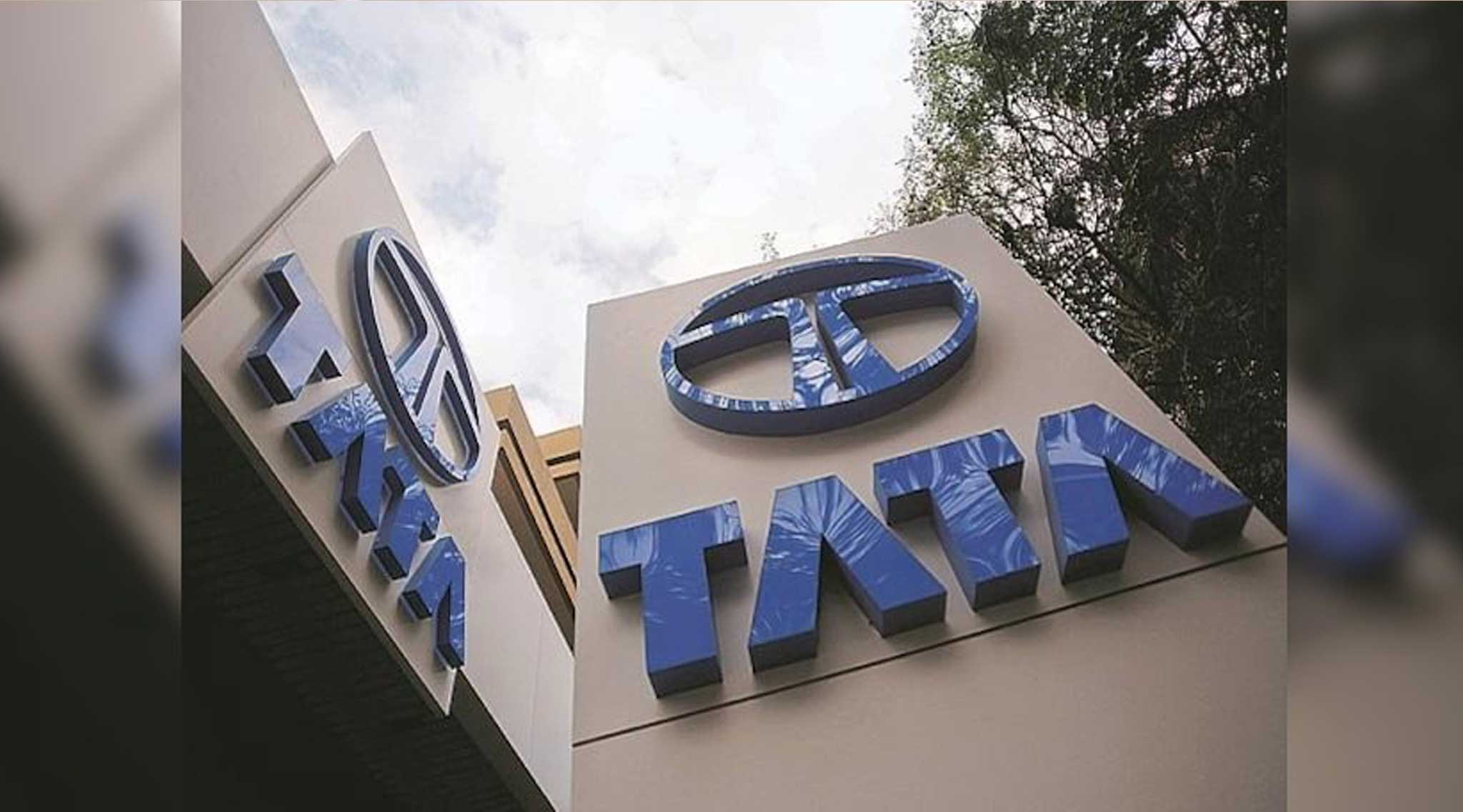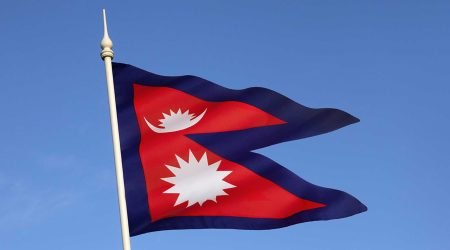The combined market value of Tata Group companies has surpassed Pakistan’s gross domestic product (GDP), a report by The Economic Times (ET) said.
According to the report, the listed companies of the salt-to-software conglomerate have produced fantastic returns on the stock market in one year, and their combined value is now more than Pakistan’s entire economy, which is still struggling with high levels of debt and inflation.
The Tata Group’s overall market capitalization is around $365 billion, or more than Rs 30 trillion. This is more than Pakistan’s GDP, which the International Monetary Fund (IMF) estimates to be roughly $341 billion.
The IT major TCS is the crown jewel of the Tata Group’s listed businesses, with a market value of almost Rs 15 trillion ($170 billion). According to IMF estimates, TCS alone is half the size of Pakistan’s cash-strapped, debt-ridden economy.
While all Tata Group firms have contributed to the conglomerate’s overall market value growth, Tata Motors and Trent have made the most significant contributions.
Tata Motors’ shares have risen 110 per cent in a year, while Trent has gained a whopping 200 per cent. In addition, stocks like Tata Technologies, TRF, Benaras Hotels, Tata Investment Corporation, Tata Motors, Automobile Corporation of Goa, and Artson Engineering have performed well.
It is also worth mentioning that the Tata Group has at least 25 companies listed on stock exchanges, and just one of them, Tata Chemicals, has fallen five per cent in a year, according to ACE Equity data cited in the report.
However, these are only the listed companies of the conglomerate. The Tata Group includes various unlisted companies, such as Tata Sons, Tata Capital, Tata Play, Tata Advanced Systems, and Air India.
It is no secret that Pakistan has been experiencing its worst economic crisis in history following a series of setbacks in FY23.
The country, which has $125 billion in external debt and liabilities, is under pressure to secure funds for upcoming external debt payments of $25 billion beginning in July.
In addition, Pakistan’s $3 billion IMF program will end next month, exacerbating the country’s financial difficulties.
With foreign exchange reserves of roughly $8 billion, Pakistan’s ability to cover essential imports is limited to only two months.
Furthermore, its debt-to-GDP ratio has surpassed 70 per cent, raising concerns among credit rating agencies about the sustainability of interest payments, which are expected to swallow half of the government’s revenue this year.
In stark contrast, India’s GDP, worth $3.7 trillion, is about 11 times larger than Pakistan’s and is expected to become the world’s third-largest economy by FY28. Currently, India is the world’s fifth-largest economy.









